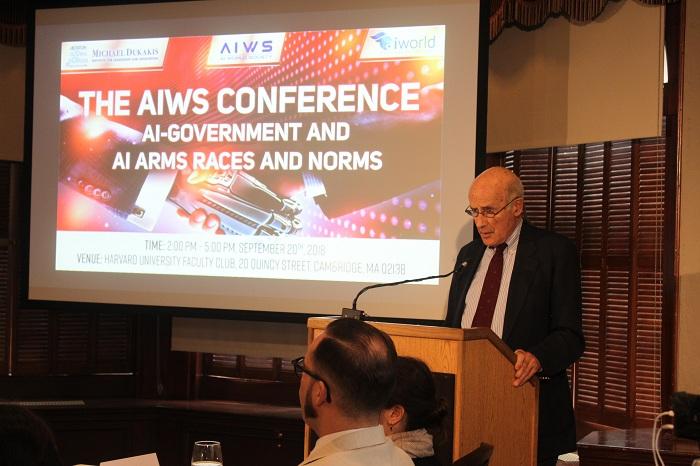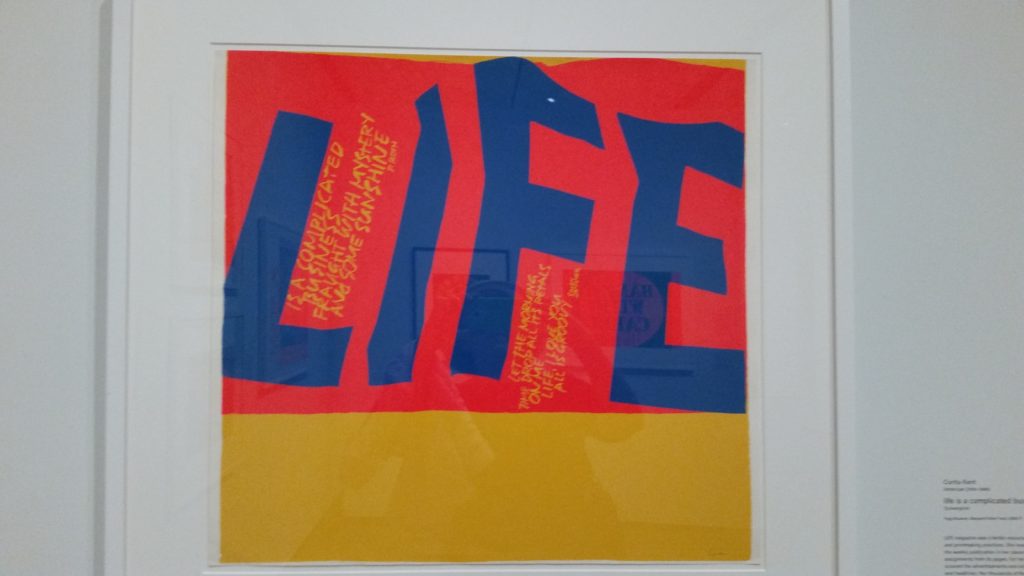Artificial intelligence is likely to transform the public sector by automating many government tasks—including making combat decisions....
Harvard
At the Fogg Museum's "Corita Kent and the Language of Pop," author Anita Harris...
University communications and institutional research experts expressed doubt about the accuracy and usefulness of most college reputation...
Cambridge writer Anita Harris reports on Google News Exec's advice to newspaper industry at Nieman...
Anita Harris, PR Consultant, on Today Show's Ann Curry description of trauma, importance of caring in foreign...
CBS Evening News Exec: At the recent G20 Summit, "when [Obama] stood up, it was a proud...

